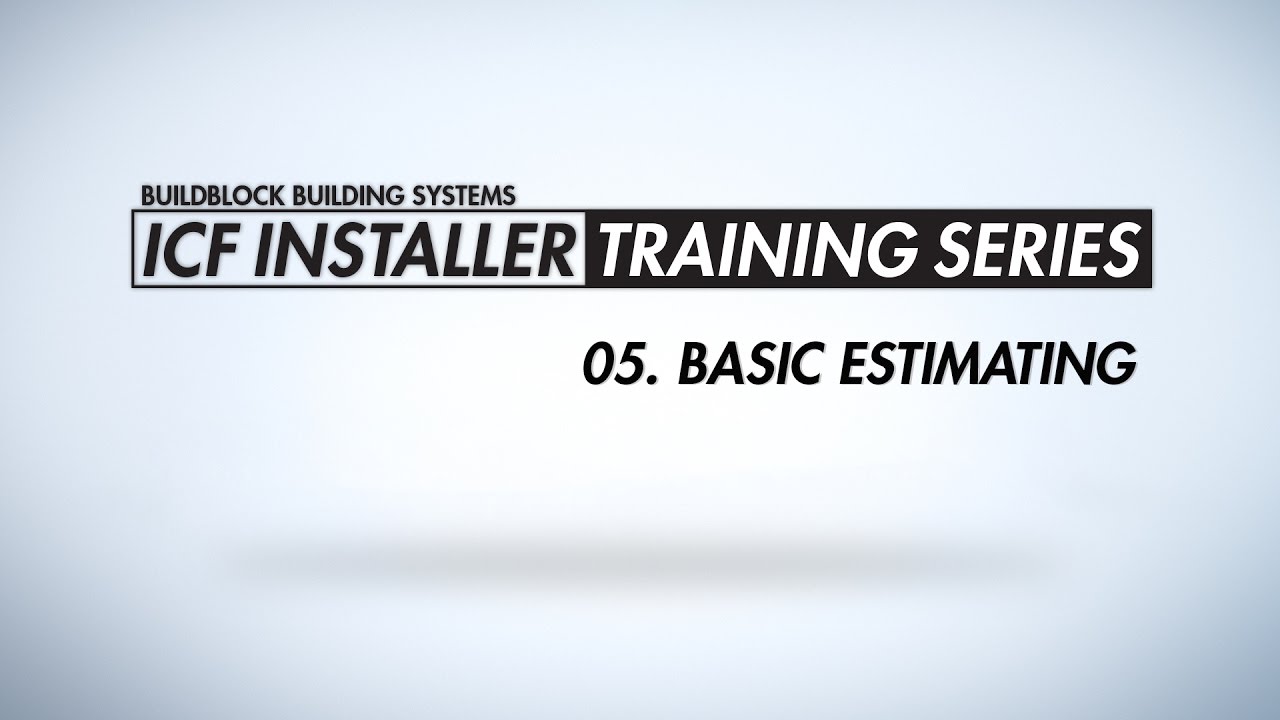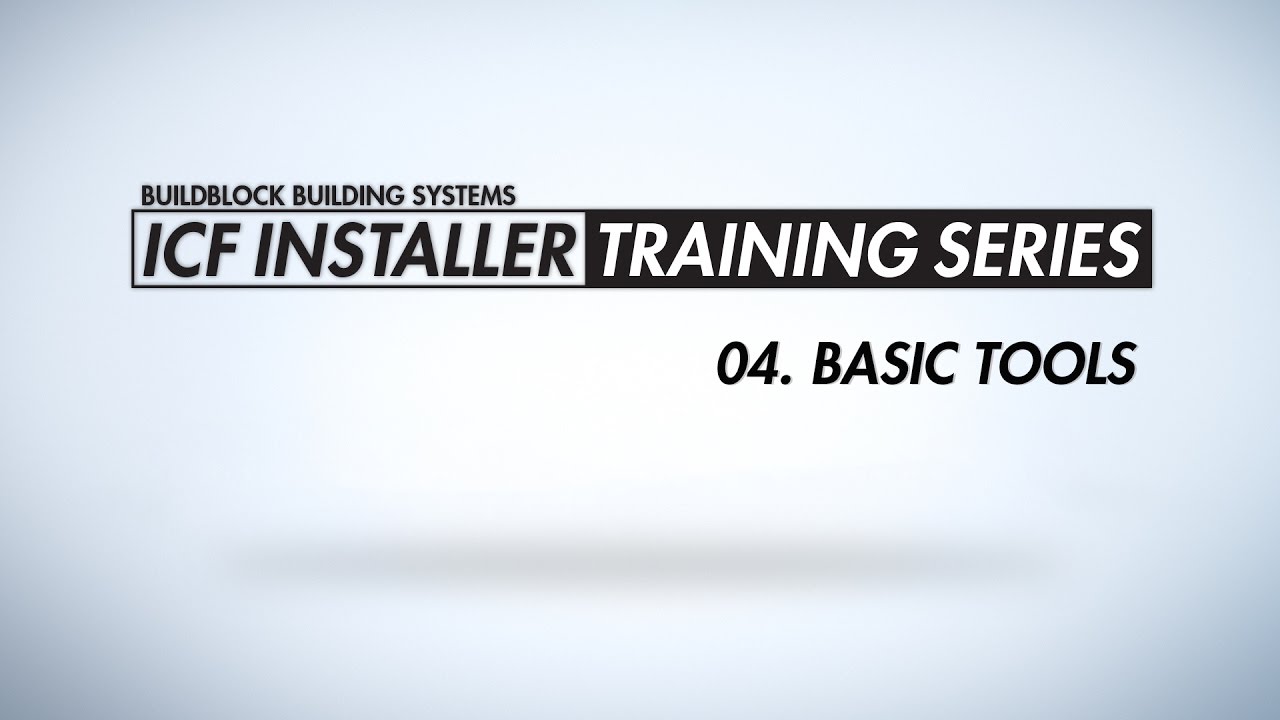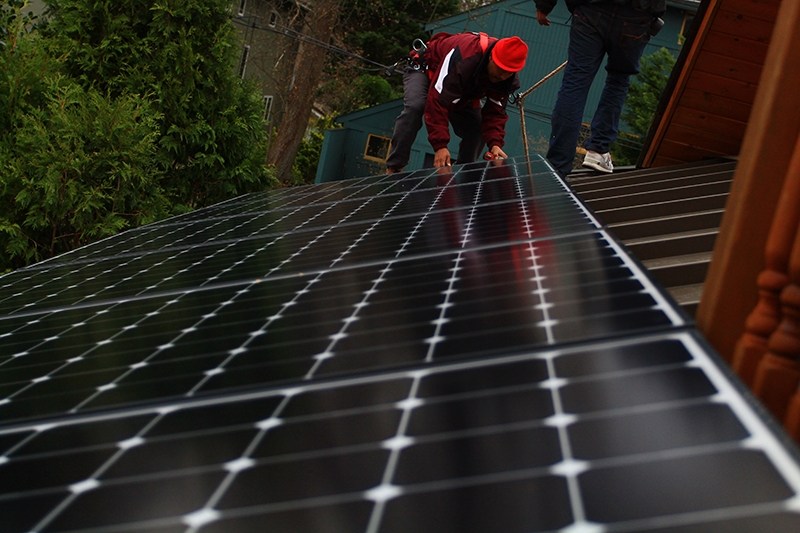ICF Training Series: Penetrations
Penetrations, Beam Pockets, & Blockouts Welcome to the BuildBlock ICF Installer Training Series. This 20 part video series is intended to be an educational walkthrough of the ICF building process. From the early planning phases to pouring concrete and finishing walls, this series will provide the basic knowledge you need to have a successful BuildBlock ICF build. In the 12th video in this series, we identify common penetrations in ICF walls that you may need to plan for. We also discuss different methods for creating, bracing, and sealing penetrations. The videos in this series are produced as a companion to the BuildBlock Installation and Technical Manuals available for free download on the Publications Page or for purchase via the BuildBlock Online Store. You can view more videos in this series via the BuildBlock Blog or by subscribing to the BuildBlock YouTube Page. For a more in-depth training experience, you can take the free Online ICF Installer Training Series. Video Transcript Penetrations, Beam Pockets, and Blockouts In this video we will identify common wall penetrations in ICF walls and take a look at different methods for creating, bracing, and sealing penetrations. There are several types of services where it may be necessary to create penetrations in ICF [...]













